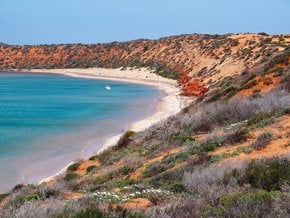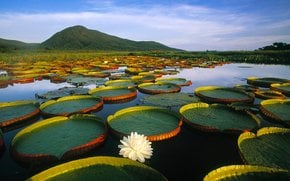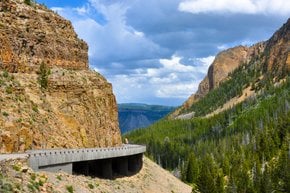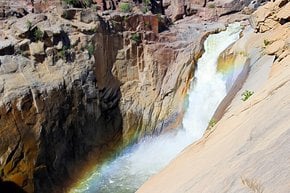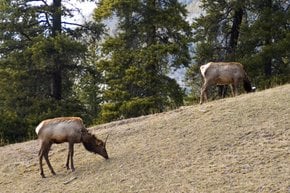Doñana National Park in Seville 2026
One of the largest wetlands in Europe with around 50 hectares of protected land
Best time: March–May | September–November
A protected area and a UNESCO Heritage Site, Doñana National Park is a picturesque location worth visiting. The Park lies in Andalusia on the right corner bank of the Guadalquivir River. It's one of the most ornithologically important wetlands in Europe. Over 500,000 birds visit this area every year. You can observe purple swamphen, red-knobbed coot, flamingo, and eagles. Also, animal life is rich and vivid. Doñana has some 37 species of mammals, including the Iberian lynx.
The best time to enjoy this unique area is from March to May and from September to November. These periods are known for birds activity—nesting and feeding the newbies in spring and the bird migration in autumn.
























